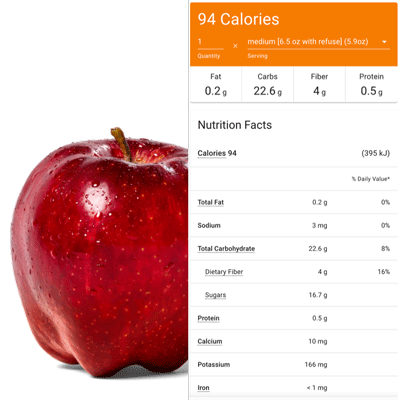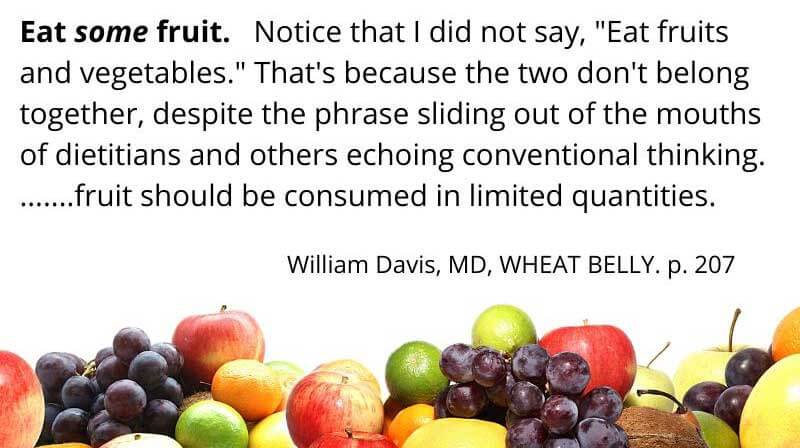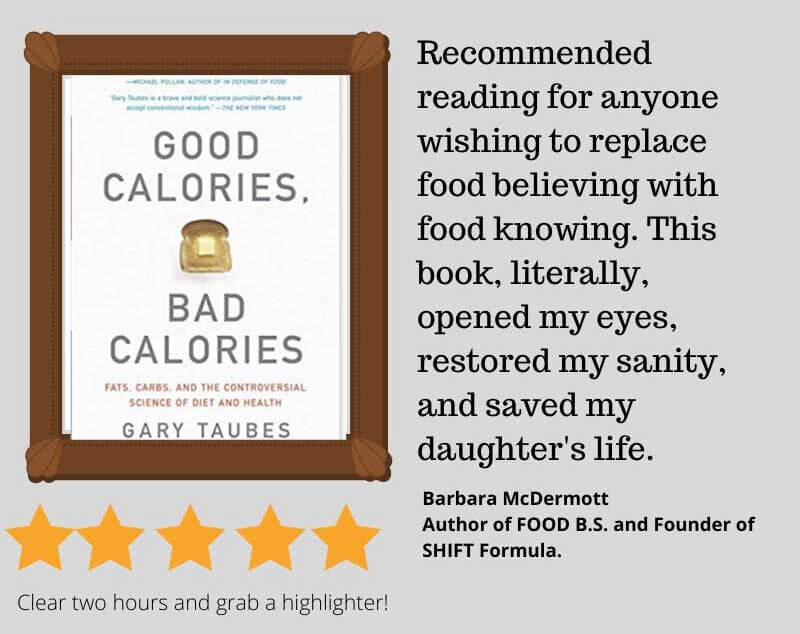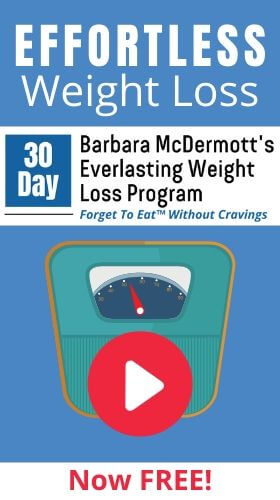Food is complicated.
And I’ve spent the vast majority of every waking moment these past 14 years studying the intimate relationship we all have with food.
Food can be problematic.
Food can be emotional.
It can be spiritual.
It can be personal.
It can also be someone’s four letter word.
Food was my four letter word at one time.
Diabetes stepped into our lives via our child, with a Type 1 diagnosis. Type 1 is the autoimmune version of diabetes. With that diagnoses, I was launched into a whole new world that at the time was completely overwhelming and extremely complex.
Spending almost seven-years in research, I’ve been able to simplify that world. I’ve taught my daughter and teach my clients to focus on the ONE THING that trumps everything else… insulin.
In This Article You’ll Find:
1.) What Is a Healthy Glucose Level – (Video)
2.) The LifeStyle That Lowers Blood Glucose Naturally
4.) Where Does The Blood Sugar Go?
5.) How To Begin Your Lower Blood Glucose Journey
6.) Listen To The Podcast Version Of This Article
7.) Get Your Free Custom Health Plan
What Is A Healthy Glucose Level?
In the video below I share how, when you KNOW glucose, you’re aware of how it impacts health. Therefore, you know how easy it is to SHIFT away from a health draining life to a lifestyle that is health energizing.
A LifeStyle That Lowers Blood Glucose Naturally
We call it an Insulin Suppression Lifestyle.
And the wonderful effect of this lifestyle, we naturally lower blood glucose.
For 23 years, in my previous life as a health club owner, I followed the natural foods and plant-based diet directives. My staff of fitness trainers, nutritionist, dieticians and nurses telling my members to, “Eat lots of fruits, vegetables, and whole grains.”
While these foods are not bad or wrong, they are not without problem or consequence.
And they certainly will not lower blood glucose. Especially for a person who needs to be, more so than other people in the world, glucose aware.
Inside our SHIFT community we talk about metabolic IQ. Being glucose aware and insulin intelligent. One of our dear SHIFTERs, Jeff, always says, “Less insulin, less insulin, less insulin. That’s the way you win.”
Here’s Why We Are ALL Diabetic…
Are you thinking what I used to think? “What do you mean, insulin? What are you talking about? I don’t have diabetes. I don’t have to worry about insulin and glucose.”
Well, when you learn a thing or two you realize that everybody has some degree of diabetes. Now, okay. Yeah, in a court of law, I can’t really say that.
However, each of us presents with some consequence of glucose and insulin. Now, if our glucose blood sugar level reaches a certain amount, the medical community says we are diabetic, or perhaps pre-diabetic. Right?
And we may be prescribed meds to ‘handle’ the blood sugar.
But, does anybody ever wonder where does the blood sugar go?
When I began injecting insulin into my daughter, whose body doesn’t make insulin I became intimately familiar with insulin. Insulin is the hormone that comes into play based upon how much sugar is in your bloodstream. The amount of insulin needed to deal with the sugar depends upon what you just had to eat.
So let’s use an apple as an example…

How Much Sugar Is In An Apple?
Let’s just say I ate an apple. That apple would have roughly 23 grams of sugar.
Yes. A larger size apple has 23 grams of sugar in it which equals about 6 teaspoons of sugar.
Sure, it’s natural sugar, but that is still sugar going into your body and bloodstream.
Now, that sugar is used for one thing, fuel, and the cells of the body have a protective mechanism against sugar just flowing into our cells whenever it’s available.
Isn’t that interesting?
Your pancreas has to release insulin to match the amount of sugar you just ate to act as a signal to the cells all over your body. “Open up. We got some sugar fuel that needs to be distributed. This sugar can’t just stay in the blood. Gotta move it out. So, open up.”
Well, if your cells are not in need of fuel just now, perhaps they’re at capacity, they become desensitized to insulin’s signal.
Where Does The Blood Sugar Go?
So, where does the blood sugar go?
Well, I’ll tell you one place it goes. It goes to the place where it keeps us from touching our toes. We carry excess blood sugar around our waist.
Why?
Think about it. We carry excess fuel, or baggage, around our center of gravity. It’s the easiest place to handle an extra load.
You see, the adipose tissue cells around our middle are really sensitive to insulin. So when insulin’s present, and our body’s cells have enough fuel, “Thank you. Not needing that apple sugar right now,” it gets shuttled into adipose tissue where it’s converted to fat, and we store it.
Energy is neither created nor destroyed. It comes in as sugar. And that sugar is fuel. But, if your body doesn’t need it at that time, it is converted to stored energy… body fat.
And the body fat can be comfortably carried around the waist. Until, of course, you accumulate too much of it.
Your Waist Weight Is Your Insulin Belt
We call weight around our middle our “insulin belt”.
This is why SHIFT Insiders don’t step on the scale. We don’t want to lose weight. You don’t want to lose muscle. You don’t want to lose bone density.
You want to lose inches. Right?
We keep our muscles and lose waist inches, when we know a thing or two about glucose and insulin.
So when it comes to diabetes, in my world, everybody has a degree of diabetes. When we’ve been taking in too much glucose-rich foods we end up carrying the blood sugar created by insulin around our waist.
How Does Insulin Work?
A healthy body produces its own insulin.
A Type 1 Diabetes body does not. They must intimately understand a pancreas’ functioning and inject insulin. It is a never-ending exercise requiring timing, calculation, anticipating and vigilant hyper awareness of glucose.
I recall when my daughter began her insulin injections to mange her blood sugar. I naively thought the blood sugar disappeared, or it got canceled out, or it got absorbed somehow.
Well, it kind of does get ‘absorbed’… by being turned into body fat as discussed above.
The Other Destination for Excess Blood Sugar
Another thing our body does with extra blood sugar is to break it down into smaller particles.
These little particles of sugar are sticky. We know sugar is sticky. Just wipe a kid’s hand off after they’ve been eating an apple. Right? It gets real sticky. Well, those sticky molecules of sugar attach to proteins all over our body.
Where Do These Sticky Sugar Molecules Attached To In Our Body?
Brain cells, delicate nerve endings in your eyes, fingers and toes nerve endings, and joints.
We get a little stiff as we get older don’t we? I used to have near-constant hip pain. I don’t have that pain anymore because I’ve SHIFTed.
But when those particles of sugar adhere to proteins all over our body, they corrode and corrupt those proteins. Same thing as our blood vessels. Then the resulting sugar-damaged tissue is called an A.G.E. Advanced Glycated Endproduct.
Isn’t it interesting that the acronym spells the word “age”?
How I Started My Insulin Suppression – Lower Blood Glucose Journey
Here are two of the books that introduced me to all the lower blood glucose, reduced insulin concepts.
I knew nothing about glucose or how to lower blood glucose . I knew nothing about insulin. I knew nothing about diabetes. Type 2 diabetes, Type 1 diabetes, Type 3 diabetes.
Oh, and if you’re not familiar with Type 3 diabetes, listen up. That’s Alzheimer’s. We call it, Brain Diabetes.
Did you know cancer, Alzheimer’s, heart disease, and fibromyalgia to name but a few, all share the common thread of glucose and insulin.
Fact is, you are far more at risk for all of these lousy ways to die if you are diabetic, because you already are challenged by glucose and lots of insulin.

Wheat Belly
These are a number of books that helped me become glucose aware, and I thought I would share some of them with you.
In the SHIFT community, we encourage robust dialogue. We encourage healthy skepticism.
And if someone tells you to eat more fruit, we urge you to step back and say, “Wait a minute. Let me investigate that first.”
A dear friend, handed me William Davis’ Wheat Belly book over eight years ago. I learned more from Wheat Belly about my daughter’s Type 1 diabetes than any of the other diabetes books I had ever read.
At the time, this was exactly what I needed to read. I knew that eating two slices of bread, resulted in my daughter needing to inject insulin into her body to deal with the escalating blood sugar rise.
As Type 1 Diabetics know, not having a pancreas releasing insulin, they’re paying close attention to blood sugar. So they know exactly what that bread does.
Bread IS Blood Sugar
And what does the bread do? It sends your blood sugar soaring.
Why? Because the bread is blood sugar.
We need to be seeing glucose instead of bread the next time we are in the bread aisle.
Glucose and sugar are the same thing. Our body breaks, sugars and starches down into glucose.
That is blood sugar. It’s all the same thing.
So when we look at bread or bagels now, and we’re not saying they’re bad foods, but we know they are glucose foods. They are actually blood sugar.
Fruit IS Blood Sugar
On page 207 of Wheat Belly, Dr. Davis writes about fruit.
By the way did you know that an apple, a large apple, actually has more sugar in it than a Krispy Kreme glazed donut? I didn’t make that up. We received some push back on a recent Facebook post regarding that fact. A good carb versus bad carb duel ensued.
However, the post was mis-taken by some. The message was not, of course, to eat more donuts, but to consider eating a little bit less fruit, especially if your body is challenged by blood sugar, glucose, and insulin.
But back to the doctor’s book, he says, “Fruit should be consumed in limited quantities.”
Perhaps we should consider fruit as a once-in-a-while food rather than a three-times-a-day food.
Is it any wonder people with diabetes are struggling? Trying to get in three servings of fruit a day. Think about how much sugar they are adding into their body.
The book continues, “Year-round access to high sugar fruits,” such as bananas and apples, “can overexpose you to sugars sufficient to amplify diabetes or diabetic tendencies.”
SHIFT highly recommends Wheat Belly if you’re carrying excess waist weight, forgetting where your car keys are, experiencing rise and fall mood swings, or other lousy, spirit sapping symptoms. This book will have you connecting the dots between your health consequences and food.

Good Calories, Bad Calories
The other book that provided me so much clarity is Gary Taubes’, Good Calories, Bad Calories.
I’ve referenced this book so much, my copy is actually falling apart.
Good Calories, Bad Calories removes all the ‘good’/’bad’ labeling, (Thank you!) and digs into the science. We can’t be blaming the butter for what the bread did. Right?
If you’ve ever looked at a slice of bread with a pat of butter on it, and thought it was the butter that was the problem, like this gal used to, think again. Now I know it’s what’s under the butter that’s causing so many problems.
This is an excellent read. It’s a little deeper, but boy, if you’re like me, you’ll be highlighting the heck out of it, and taking notes all day long.
When we are faced with a situation as complicated as diabetes, guess what? We are responsible. We create everything in our lives. Everything. The great, and the not so great, and no one’s going to come along on a white horse, and scoop us up, and change our fate for us.
We’ve got to roll up our sleeves. We’ve got to apply the action. We’ve got to ‘do the thing’.
This is why our community is so powerful We call ourselves SHIFT Insiders. We’re a coaching, education, and support community. Cause ‘doing the thing’ is easier when we’re connected to others doing the same.
If you are ready to learn a thing or two, to raise your metabolic IQ, be glucose aware, and insulin intelligent, and finally make the change that will last lifelong, I recommend:
1.) Take Our 30-Second Quiz & Get Your Free Health Plan.
We’d love to have you inside our community, because every time one of us gets raised up, everybody else gets pulled along.
If this information was of help to you, please Like and Share.
Much appreciated!
And let me know you thoughts by leaving a comment below…
Listen To The Podcast Version Of This Article
Listen to our other Insulin Suppression Podcasts – Listen Here.

About Barbara McDermott
Regarded as America's #1 Insulin Suppression Coach, Barbara is the co-founder of SHIFT Health & Wellness Solution, and the best-selling author of the groundbreaking book, ‘FOOD B.S.’, With SHIFT, Barbara brings common sense to nutrition, weight loss and health gain. Her refreshing, no nonsense approach to uncovering the truth using non-negotiable rules of science demystifies food and how to defeat chronic disease once and for all.




No comments yet.